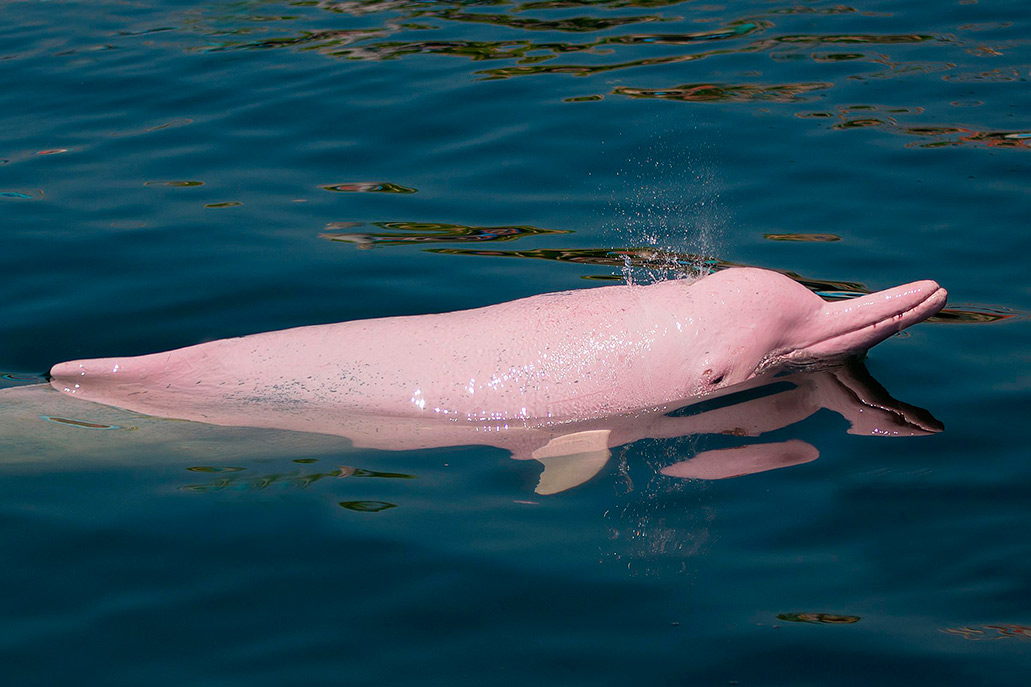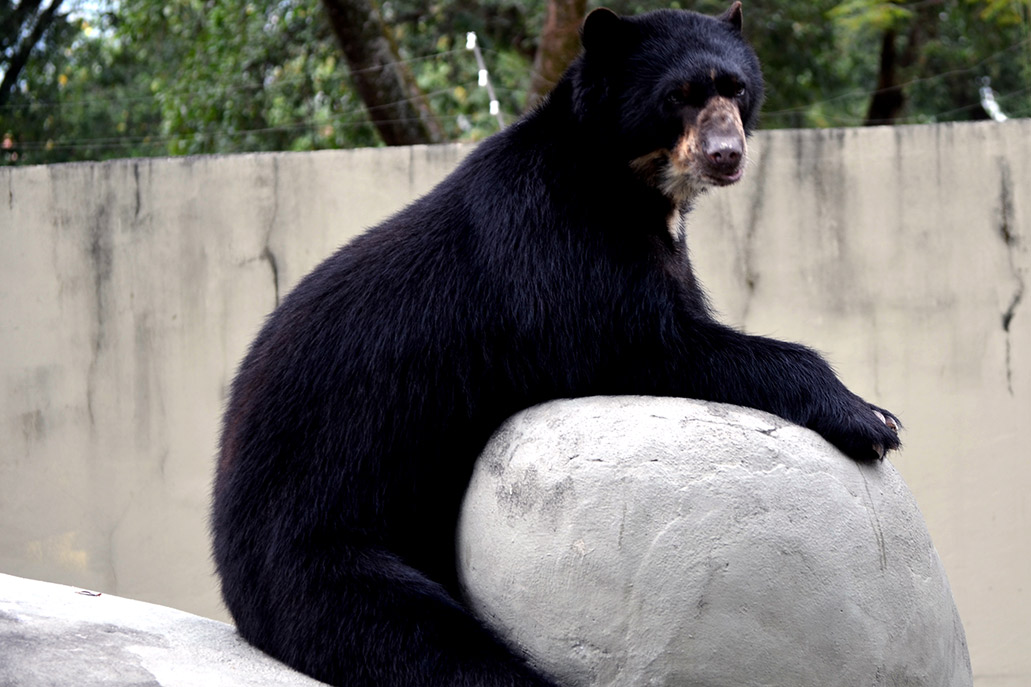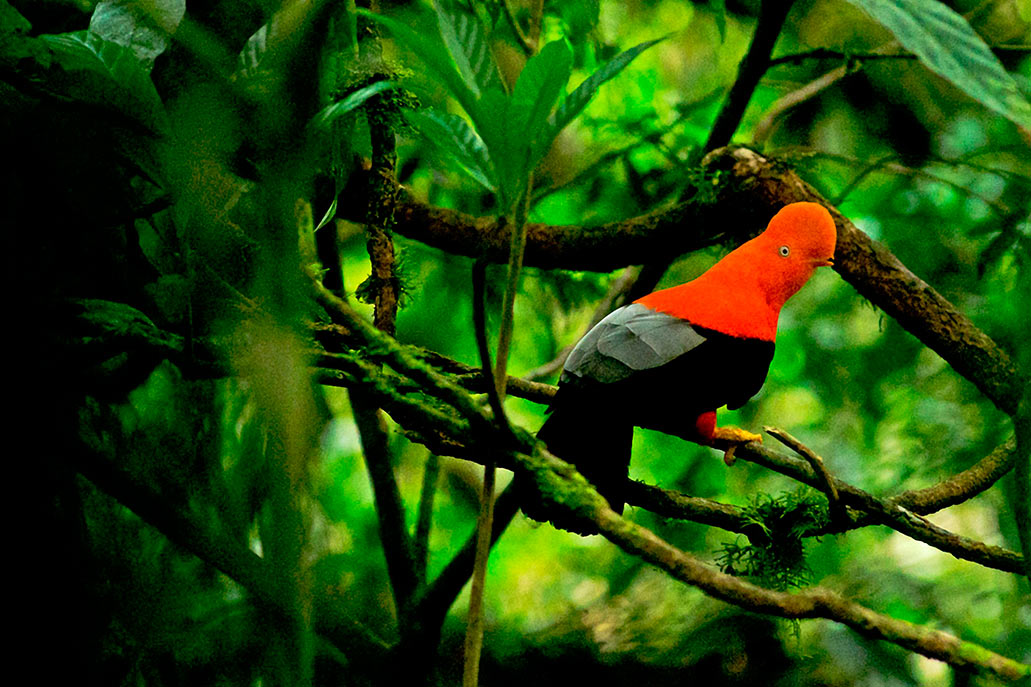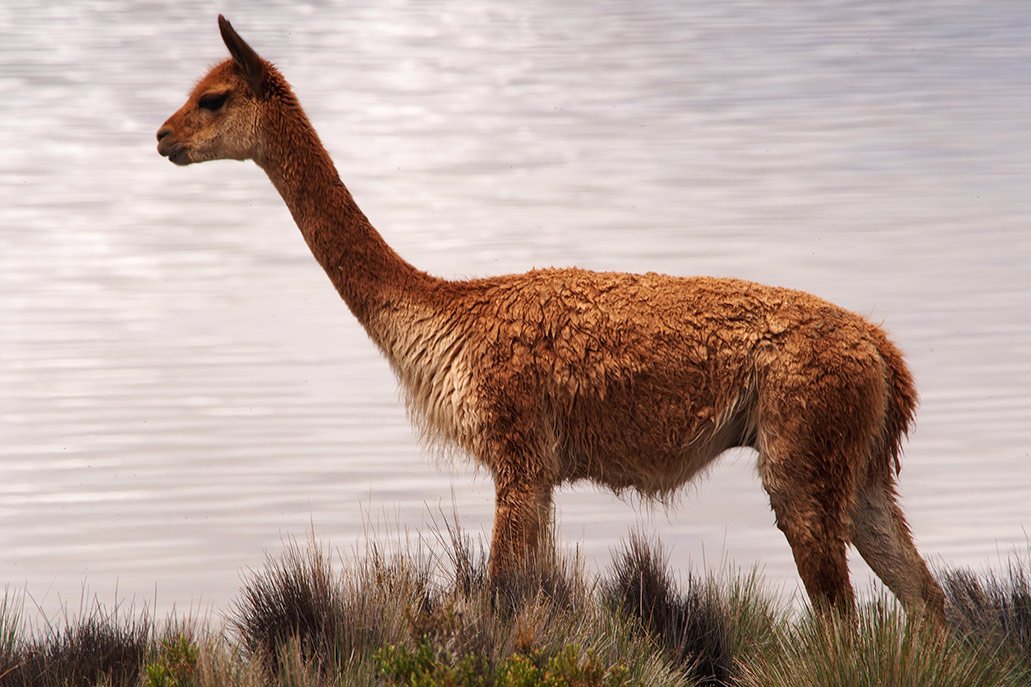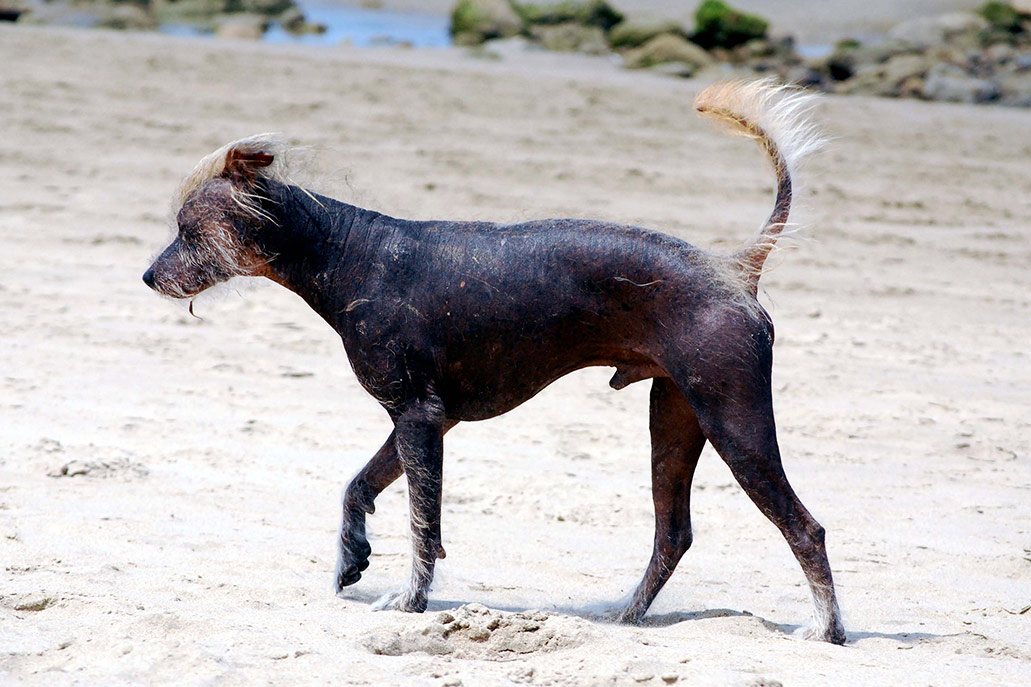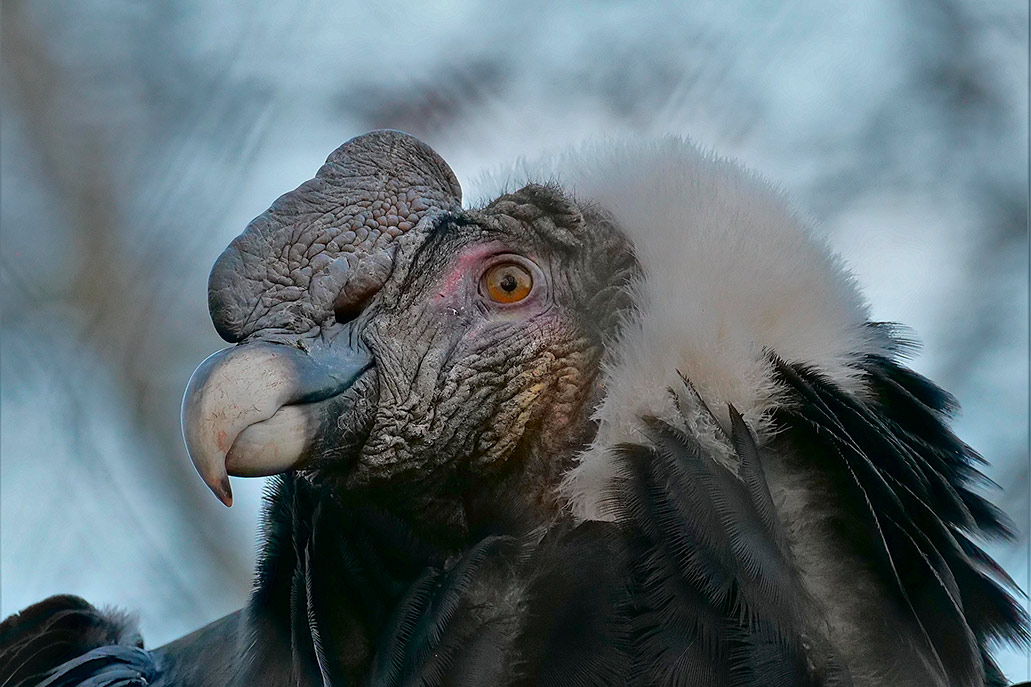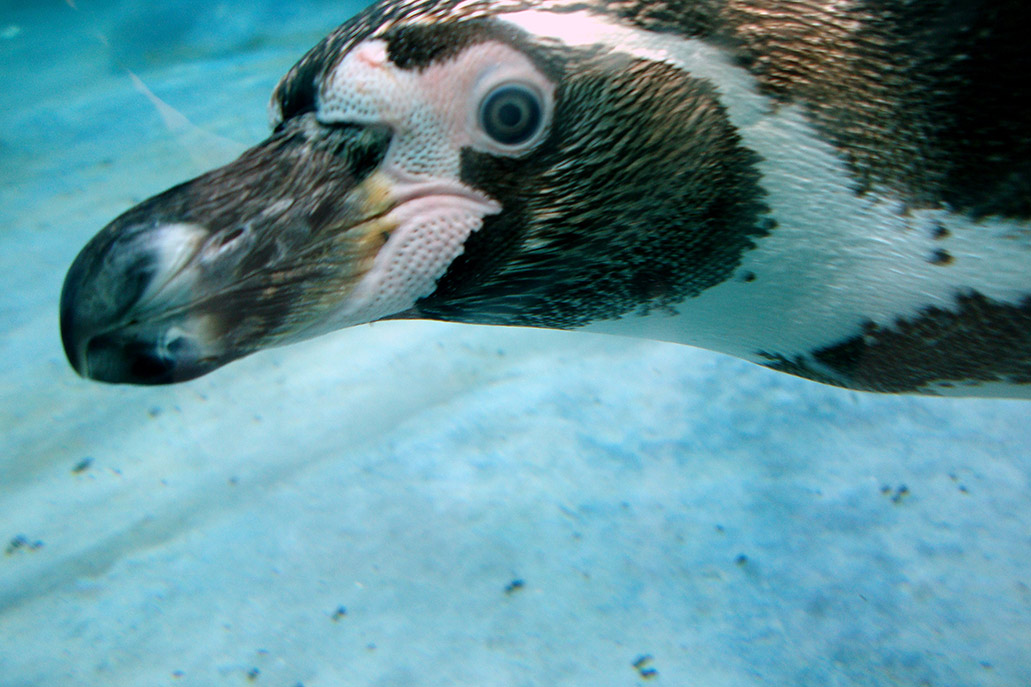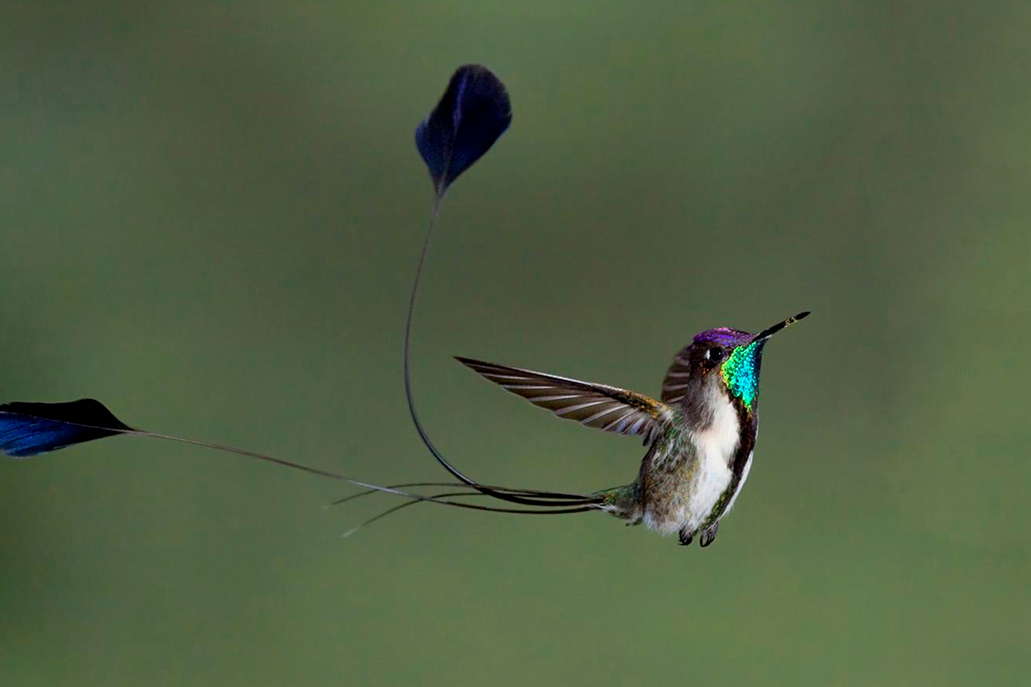8 famous species of Peru that yes or yes you should know
Peru has a diverse fauna with native species that are worth knowing. This diversity is due to the different geographies that exist in the country: with a large marine strip, a desert coast, high mountains, snow-capped peaks, punas, tropical forests, and a large expanse of Amazonia. Some of the most popular species are: the spectacled bear, the cock of the rock, the Andean condor and more. Meet the 8 most famous!
Content
The most vulnerable species in Peru. Peru has one of the most diverse geographies in the world. This has also led to a great diversity of birds and mammals. Among the most striking are the spectacled bear, the cock of the rocks, the vicuña, the river dolphin, the Peruvian dog, the Andean condor and more. Some of these species are in serious danger of extinction such as the spatula-tailed hummingbird, the royal churrete, the yellow-tailed woolly monkey, the white-winged guan and more. Let’s protect their habitats and keep these species forever!
The spectacled bear
The spectacled bear (Tremarctos ornatus) is one of the most emblematic mammals of Peru because it is the characteristic bear species of the South American continent. It also inhabits the tropical forests of Venezuela, Colombia, Ecuador, Bolivia and Argentina. It has a maximum height of 1.8 meters (standing) and a weight of up to 110 kilos in its adulthood.
The spectacled bear is characterized by having two white spots around its eyes (similar to glasses). Their fur is black with large heads and sturdy feet with claws that allow them to climb trees. The spectacled bear is present in some editions of the Peruvian nuevo sol coin. This species is protected in Peru and other regions of South America because it has a vulnerable situation.
- Habitat: It inhabits the tropical forests of Peru, Argentina, Bolivia, Ecuador, Colombia and Venezuela.
- Situation: Vulnerable species.
The cock of the rocks
The cock of the rocks (Rupicola peruvianus) is one of the most emblematic birds of Peru. It inhabits the rocky tropical forests of Peru, Venezuela, Colombia and Ecuador. As its name suggests, it nests in the rugged rocks and feeds on the fruits of the tall trees. The male has deep red and black plumage, as well as a crest on the head. The female has a dull color.
The cock of the rocks has been popularly called tunqui since Inca times (Quechua language). It has a height of 32 centimeters maximum. It can live up to 7 years. They are difficult to observe due to their elusive nature and for inhabiting the high rocks. Their striking colors attract their predators: snakes, eagles, hawks and, of course, man. Its threat status is currently Least Concern.
- Habitat: It inhabits the rocky tropical forests of Peru, Colombia, Ecuador, Venezuela and Peru.
- Situation: Species of least concern.
Vicuna
The vicuña (Vicugna vicugna) is one of the four camelids that inhabit Peru together with the llama, the alpaca and the guanaco. Unlike the llama and the alpaca, it is not a domesticated species. It also inhabits the Andean regions of Chile, Ecuador, Bolivia and Argentina. It is characterized by its soft and fine beige fur. It measures 80 centimeters at most and can reach up to 50 kilos.
The vicuña is one of the most vulnerable species in Peru due to the fineness and high cost of its wool. During the Spanish conquest its population was drastically reduced (the Incas extracted its wool but kept the animal). Today it is estimated that there are two hundred thousand specimens in Peruvian territory. Today it is a species whose conservation status is of ‘least concern’.
- Habitat: Peru and the Andean geographies of Argentina, Chile, Ecuador and Bolivia.
- Situation: Species of least concern.
El delfín de río
The river dolphin (Inia geoffrensis) is a species of cetacean mammal of the Inidae family that inhabits the Amazon River basin in Peru, Brazil, Venezuela, Colombia and Bolivia. Its main characteristic is the pink color, as well as its intelligent, curious and social nature. It is also called boto, tonina or bufeo. It is not related to the sea dolphin as its lineage diverged some fifteen million years ago.
Unfortunately the river dolphin is in danger of extinction. Some studies even indicate that their species may become extinct in fifty years. They can reach up to 2.5 meters and weigh a maximum of 185 kilos. The pink on its body is the main characteristic of the adult male. In Peru it can be seen mainly in the Ucayali and Amazon rivers in the regions of Ucayali, Loreto and San Martín.
- Habitat: The Amazon River basins in Peru, Brazil, Venezuela, Colombia and Bolivia.
- Situation: Endangered specie.
Peruvian hairless dog
The viringo or Peruvian hairless dog (Canis lupus familiaris) is a breed of dog native to Peru, also recognized as a Country Heritage. It is considered a primitive dog, that is, a pure breed, since it is represented in pre-Inca huacos from more than eight centuries ago. Its main characteristic, as its name indicates, is its no fur on the back, back except (in some cases) for the head, tail and rarely on the back.
The Peruvian hairless dog is also called: calato dog, Chimú dog, Inca dog or simply Peruvian dog. It has an altitude that can reach 65 centimeters. Its weight can reach up to 25 kilos. Its presence was found in the Chancay, Vicus, Mochica, Tiahuanaco, Sicán, Chimú and Inca cultures. Today it is one of the most preferred pets by Peruvian families. Its preservation is of least concern.
- Habitat: The homes of Peru (native), although its upbringing is also found in other countries of South America, North America and Europe.
- Situation: Species of least concern.
Andean condor
The Andean condor (Vultur gryphus) is one of the most symbolic birds of Peru. It is native to the Andes Mountains in countries like Venezuela, Colombia, Ecuador, Bolivia, Chile, Argentina and Peru. It is characterized by its large dimensions (up to 1.42 meters in height and 3.30 meters in wingspan. After the albatross, it is the largest flying bird in the world.
The Andean condor is a scavenger. Its great sense of vision and smell allows it to get food from great heights. It has black feathers with some white feathers, but with a white neck in females. It also has a red crest on its forehead. It can fly in mountains of 6,000 meters elevation, but also descend to sea level. It was considered a sacred bird for the Inca culture.
- Habitat: Peru and the geographies of the Andes Mountains in South America.
- Situation: Vulnerable species.
Humboldt’s penguin
The Humboldt penguin (Spheniscus humboldti) is a species of penguin that is characterized by inhabiting the cold Humboldt currents of Peru and Chile (name that refers to the German scientist Alexander von Humboldt) in the Pacific Ocean. On very few occasions it is sighted off the coasts of Colombia and Panama as it adapts to high temperatures (up to 30ºC.) but with cold oceanic waters.
The Humboldt penguin can measure between 56 and 72 centimeters in length while its weight can reach up to 4.9 kilos. It is characterized by its short size, black and white plumage with a fleshy pink spot around the eyes and the back of the beak. Their diet is based on fish and crustaceans. Currently its conservation is considered vulnerable.
- Habitat: It inhabits the cold marine coasts of Peru and Chile (Humboldt current).
- Situation: Vulnerable species.
The spatula-tailed hummingbird
The spatula-tailed hummingbird (Loddigesia mirabilis) is a Peruvian endemic bird that inhabits the forests of northern Peru, especially in the upper Utcubamba valley (Amazonas department). Its name comes from the fascinating shape of its tail with four points (similar to a spatula) that vary in different iridescent colors. For this reason it is also called the most beautiful bird in the world.
The spatula-tailed hummingbird can measure 15 centimeters and have a maximum weight of 40 to 70 grams. It has a blue head with green feathers on the throat. The body has leaden and black colors. It feeds mainly on the nectar of flowers, insects and, like other hummingbirds, it plays a fundamental role as a pollinator. It is currently in an endangered situation.
- Habitat: It inhabits the tropical forests of northern Peru, especially in the valley of the upper Utcubamba (in the department of Amazonas).
- Situation: Endangered specie.
By Machupicchu Terra – Last updated, August 10, 2023
